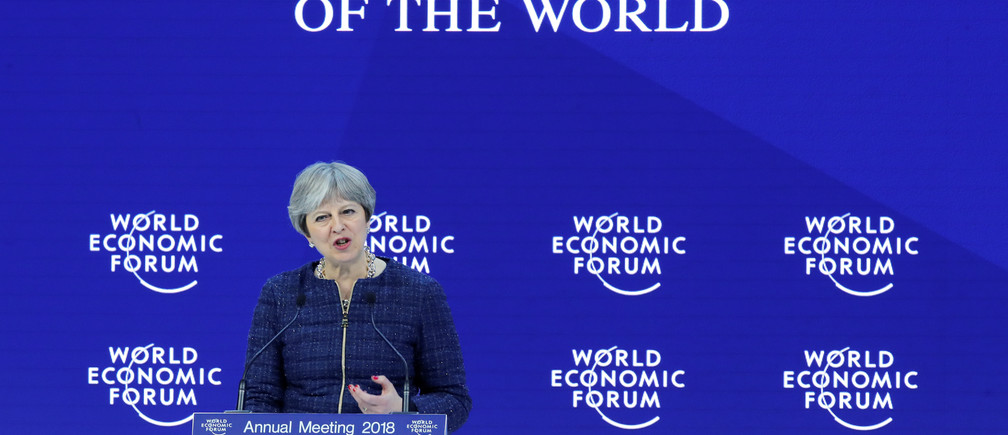
DEFINITION
The legendary Mad Man David Ogilvy once said that image means personality and just like humans, products and events also have their personality. That personality can either be built or destroyed with different marketing strategies. In most cases, we try to embody personality through the process of branding. An event’s image is the ultimate interpretation of branding.
THE STARTING POINT
In practice, event planners usually face these three challenges:
- BRANDING as a tool for building recognisability using a name, visual image and symbols is the fingerprint of what we want the event’s identity to be.
- IMAGE drives public views and opinions about your event. It’s part of the identity that was decoded and understood by the participants.
- REPUTATION is an efficient tool to measure the value of an event’s brand and image.
Therefore, the formula behind every successful event is:
QUALITY BRANDING + IMAGE = REPUTATION

THE CONCEPT
At its core, a brand is an event’s identification tool. Challenges in this field are plentiful. In most cases, we organise events with heaps of passion and dedication. We often forget that our responsibility is much wider, as we also have to keep the reputation of our brand in mind. Events can only strengthen the brand if all its segments align with the identity of the brand. A lot more goes into building a trademark than just having a unified visual image.
A brand also establishes relationships with the participants. Usually very emotional and complex ones. We create expectations and promise experiences with brands. Branding should always strive towards connecting with the culture and lifestyle of the participants.
The difference between designing a brand for a product or designing a brand of an event is quite big. The result should always be focused towards the participants and design is just one of the aspects that allow your event to be communicated.
The most important thing is to exceed the expectations of the participants with the brand. People attend events because they want to fulfil their vision of what they think the event will be. Every event should bring a vision, mission, values, personality, competitive advantages, benefits and after all, an emotional and experiential promise. It’s all about flying the flag of your event. That is the essence of every brand. When everything comes together through endless amounts of contacts, interactions, moments of truth and when our idea matches the participants expectations, magic happens. There is only one simple rule. A brand can only be successful if it is unified and consistent.
Constructing an image and branding are undoubtedly the building blocks of an event’s added value. As such, added value can also be measured using some ROI methodologies. Unfortunately, that process takes a lot of time and has to be built step by step with lots of patience. Shortcuts simply do not work.
TIPS AND TOOLS
Branding can be very diverse and as much as there are experts, there are also ideas of how things should be done in practice. When developing brands, the tools and techniques of design thinking have proved to be the most efficient. Design thinking allows us to build a very accurate prototype of the event’s brand that can be tested out in practice before actually beginning to use it.
We have condensed the entire design thinking process into 10 phases through which a brand prototype is created:
Phase 1: Building a prototype of the typical participant
In this phase we use an emphatic matrix to build a prototype of the typical event participant. We define what influences his or her behaviour and how to prepare a programme that will connect, satisfy and impress. We learn what the participant wants and expects.
Phase 2: Building an event canvas
Using the Event Canvas technique, we try to answer key challenges that participants face at events. The result is an event prototype that allows us to quickly, efficiently and manageably check key presumptions, in line with the preliminary event programme.
Phase 3: Building a communication event canvas
After the event canvas of the event has been coordinated, we need to build a Communicational Canvas, focused towards innovative marketing and thinking outside of the box. In this part of the project, we segment and structure communication based on predefined target groups. The result is a clear positional starting point for the event that we like to call “taglines in hashtags”.
Phase 4: Creating a storyboard
A very important phase is telling a story through the event. We explain the participants’ journey using multiple sketches, resulting in a fun, straightforward storyboard. This is a great way to visually and conceptually understand the event.
Phase 5: Dress to impress
Based on what we’ve learned from the first four phases, we create multiple variants of our brand’s visual image. This includes everything from the logo, colour palette and fonts to guiding tables and promotional gifts.
Phase 6: Touchpoints
Before the technical phases of the project start, we have to know where people get information about our event and how they search. Based on this, we can set key phrases, optimise our website and improve our campaign on social media.
Phase 7: Visualisation
The language of events is purely visual, which is why we need to carry out visualisation across all communication platforms. A visualisation of the physical space (the venue) is also necessary.
Phase 8: Testing the brand on a target group
A deep understanding of our target groups allows us to fine tune our brand with demands on the market. Key tools to be used here are solutions for measuring brand recall and brand recognition that assess spontaneous reactions to our brand.
Phase 9: The pitch
The pitch or self-expression should sum up what our brand is all about in less than 140 characters, or in the length of one tweet. We believe that every event planner should be able to summarise the core of his or her story in half a minute.
Phase 10: Brand Book
At the end, all phases come together to form the Brand Book, a guide through your event’s brand that clearly defines qualitative and quantitative indicators of our measurement.
Putting all the pieces together is like making music. The goal is to create a harmonious and consistent brand. Inconsistency is a brand killer—it sends out a confused message about who you are as a company and what your event can give your audience.
RECOMMENDATIONS
A colleague of mine once gave me some advice that I still think is relevant. If at the end of an event, people are racing to buy shirts or gadgets with the event’s logo, you did a good job building an image. In order for that to happen, you have to believe in your own event. If you started the project with passion and excitement, it probably won’t be hard for you to carry that passion on to the participants.
The core of good branding is diversification. Generic event branding has started to become way too common. Good branding’s biggest enemy is the copy-paste principle and using ideas that have been seen hundreds of times before.
Empty words, catchy slogans and giant signs won’t help if the overall experience at the event does not exceed any expectations. That is the added value of an event and the reason why potential participants will be willing to pay more.
INSPIRATION

The World Economic Forum (WEF)
In the cosmopolitan Swiss skiing epicentre of Davos, The World Economic Forum is held every year. It’s usually attended by over 2,500 political and economic leaders from around the world. Each year, the Forum addresses a different globally important topic about changes in our world. We can’t really think of a better example for the formula that we mentioned before; branding + image = reputation. Moreover, the forum has grown from a small event into an institution, inviting the world elite from high politics, business and science. In the shadow of a parade of politicians, who don’t have much luck in solving global crises, the usual anti globalist protests are happening, solidifying the power of the event even more.


